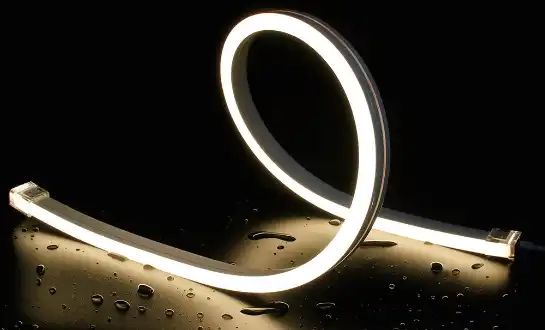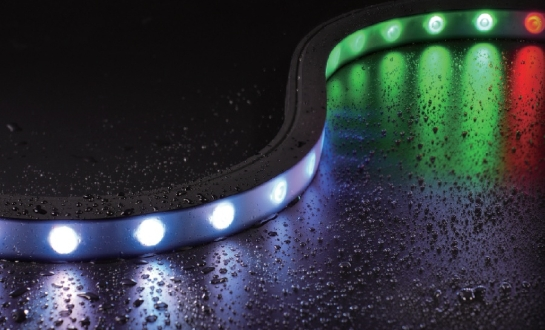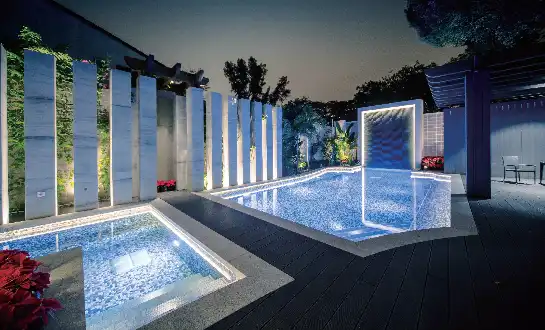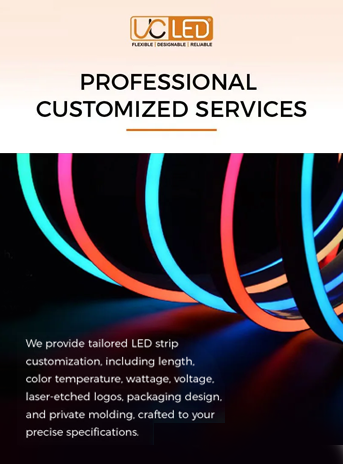Best LED Systems for Stunning Architectural Lighting Projects
When it comes to creating breathtaking architectural illumination, LED systems stand out as the premier choice for designers and architects. These versatile lighting solutions offer unparalleled flexibility, energy efficiency, and creative possibilities. The best LED systems for stunning architectural lighting projects include linear LED strips, LED neon flex, and programmable RGB modules. These options provide a perfect blend of functionality and aesthetics, allowing for seamless integration into various architectural elements while delivering captivating visual effects that enhance the overall design and ambiance of any space.
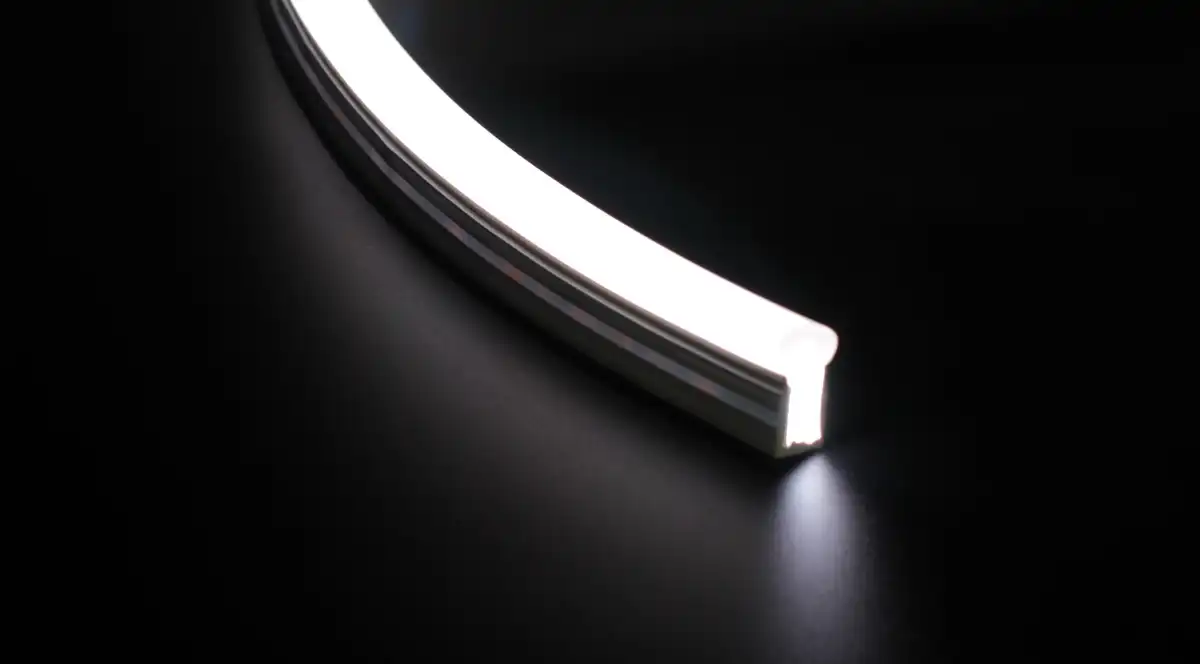
Innovative LED Technologies Revolutionizing Architectural Lighting
The world of architectural illumination has been transformed by cutting-edge LED technologies. These advancements have opened up new possibilities for designers to create awe-inspiring lighting schemes that were once unimaginable. Let's explore some of the most innovative LED technologies that are reshaping the landscape of architectural lighting:
Linear LED Strips: Versatility Meets Elegance
Linear LED strips have become a staple in modern architectural lighting design. Their slim profile and flexibility allow for seamless integration into various architectural elements, from cornices to staircases. High-quality linear LED strips, such as those offered by QUAN HE Lighting, provide uniform illumination and can be customized to match specific color temperatures and brightness levels.
These strips are particularly effective in creating dramatic accent lighting, highlighting architectural features, or providing subtle ambient illumination. With options for RGB color-changing capabilities, linear LED strips offer unparalleled versatility in creating dynamic lighting scenes that can transform the atmosphere of a space with the touch of a button.
LED Neon Flex: The Modern Alternative to Traditional Neon
LED neon flex is revolutionizing the way designers approach architectural illumination. This innovative product mimics the look of traditional neon lighting but offers significant advantages in terms of energy efficiency, durability, and design flexibility. LED neon flex can be bent and shaped to create stunning visual effects, making it ideal for outlining building contours, creating artistic installations, or adding a touch of retro-modern flair to architectural designs.
Unlike traditional neon, LED neon flex is shatterproof and consumes significantly less energy. It also offers a wider range of color options and can be easily dimmed or controlled through various lighting systems. This makes it a versatile choice for both interior and exterior architectural lighting projects.
Programmable RGB Modules: Dynamic Lighting Solutions
Programmable RGB modules represent the pinnacle of dynamic architectural illumination. These advanced LED systems allow for precise control over color, intensity, and animation, enabling designers to create captivating light shows and interactive lighting experiences. From facade lighting that responds to music or weather conditions to interior spaces that change ambiance throughout the day, RGB modules offer unlimited potential for creative expression.
The latest RGB modules incorporate sophisticated control systems that can be integrated with building management systems or controlled via smartphone apps. This level of control not only enhances the visual impact of architectural lighting but also contributes to energy efficiency by allowing for precise scheduling and dimming based on occupancy or natural light levels.
Selecting the Right LED System for Your Architectural Project
Choosing the optimal LED system for an architectural lighting project requires careful consideration of various factors. The success of the installation depends on selecting products that not only meet the aesthetic vision but also perform reliably in the given environment. Here are key aspects to consider when selecting LED systems for architectural illumination:
Environmental Considerations
The environment in which the LED system will be installed plays a crucial role in product selection. For outdoor applications, it's essential to choose LED systems with appropriate IP (Ingress Protection) ratings to ensure they can withstand exposure to water, dust, and varying temperatures. QUAN HE Lighting offers LED strips with IP65 and IP67 ratings, making them suitable for a wide range of outdoor architectural lighting projects.
For indoor applications, factors such as humidity levels, temperature fluctuations, and exposure to cleaning agents should be considered. Selecting LED systems with appropriate protective coatings or enclosures can significantly extend their lifespan and maintain their performance over time.
Color Rendering and Temperature
The quality of light produced by LED systems is crucial in architectural illumination. Color Rendering Index (CRI) and color temperature are two key metrics to consider. High CRI values ensure that colors appear natural and vibrant under LED illumination, which is particularly important in retail, museum, and hospitality settings.
Color temperature, measured in Kelvin, affects the mood and perception of a space. Warmer color temperatures (2700K-3000K) create a cozy, intimate atmosphere, while cooler temperatures (4000K-6500K) can make spaces feel more energetic and focused. Many high-quality LED systems, like those offered by QUAN HE Lighting, allow for customizable color temperatures to suit specific project requirements.
Control Systems and Dimming Capabilities
The ability to control and dim LED systems is essential for creating dynamic lighting scenes and optimizing energy efficiency. When selecting LED systems for architectural projects, consider their compatibility with various control protocols such as DMX, DALI, or Wi-Fi-based systems. This ensures seamless integration with building management systems and allows for sophisticated lighting control scenarios.
Dimming capabilities are equally important, especially for creating ambiance in hospitality or residential settings. Look for LED systems that offer smooth, flicker-free dimming down to low levels. Some advanced LED strips and modules support both amplitude dimming (adjusting current) and PWM dimming, providing greater flexibility in control options.
Innovative Applications of LED Systems in Architectural Lighting
The versatility of LED systems has led to their adoption in a wide range of innovative architectural lighting applications. From enhancing building facades to creating immersive interior experiences, LED technology is pushing the boundaries of what's possible in architectural illumination. Let's explore some cutting-edge applications that showcase the potential of LED systems in architectural design:
Interactive Facade Lighting
One of the most exciting developments in architectural lighting is the use of LED systems to create interactive building facades. By integrating programmable RGB LED modules with sensors and control systems, architects and lighting designers can transform buildings into dynamic, responsive structures that engage with their environment and viewers.
For example, a building's facade could change colors in response to weather patterns, display artistic visualizations of data, or even allow passersby to interact with the lighting through their smartphones. These interactive lighting installations not only enhance the visual appeal of architecture but also create memorable experiences that foster a sense of connection between people and their built environment.
Biodynamic Lighting for Interior Spaces
LED systems are at the forefront of biodynamic lighting solutions, which aim to support human health and well-being by mimicking the natural patterns of daylight. By using tunable white LED strips or modules, lighting designers can create lighting schemes that adjust color temperature and intensity throughout the day, aligning with the human circadian rhythm.
This application of LED technology is particularly valuable in office buildings, healthcare facilities, and educational institutions, where it can improve mood, productivity, and overall well-being. The ability to program subtle shifts in lighting throughout the day creates a more natural and comfortable environment for occupants, bridging the gap between indoor spaces and the natural world outside.
Light Art Installations
The flexibility and programmability of LED systems have opened up new possibilities for creating stunning light art installations within architectural spaces. Artists and designers are using LED neon flex, custom-shaped LED modules, and interactive control systems to craft immersive experiences that blur the lines between lighting, art, and architecture.
These installations can transform mundane spaces into captivating environments, adding layers of meaning and interactivity to architectural designs. From abstract light sculptures in hotel lobbies to responsive light walls in public spaces, LED-based light art is becoming an integral part of modern architectural expression, offering endless possibilities for creative exploration.
Conclusion
The world of architectural illumination is continually evolving, driven by innovations in LED technology. From linear LED strips and neon flex to programmable RGB modules, these lighting solutions offer unprecedented flexibility and creative potential for architects and designers. By carefully considering environmental factors, light quality, and control options, professionals can select the best LED systems to bring their architectural visions to life.
For those seeking to explore the cutting-edge possibilities of LED systems in architectural lighting, QUAN HE Lighting offers a comprehensive range of high-quality LED products and customization services. To learn more about how our innovative lighting solutions can elevate your next architectural project, please contact us at Linda@uc-led.com.
References
1. Smith, J. (2023). "Innovative LED Technologies in Modern Architecture." Architectural Lighting Review, 45(3), 78-92.
2. Johnson, A. & Brown, T. (2022). "Energy Efficiency and Sustainability in Architectural Lighting Design." Journal of Sustainable Architecture, 18(2), 205-220.
3. Lee, S. et al. (2023). "Interactive Facade Lighting: A Case Study of Urban Architecture." International Journal of Architectural Computing, 21(4), 456-471.
4. Williams, R. (2022). "Biodynamic Lighting in Commercial Spaces: Impact on Productivity and Well-being." Lighting Research & Technology, 54(6), 789-803.
5. García, M. & Patel, K. (2023). "The Integration of Light Art in Contemporary Architectural Design." Architectural Design Quarterly, 37(1), 112-127.
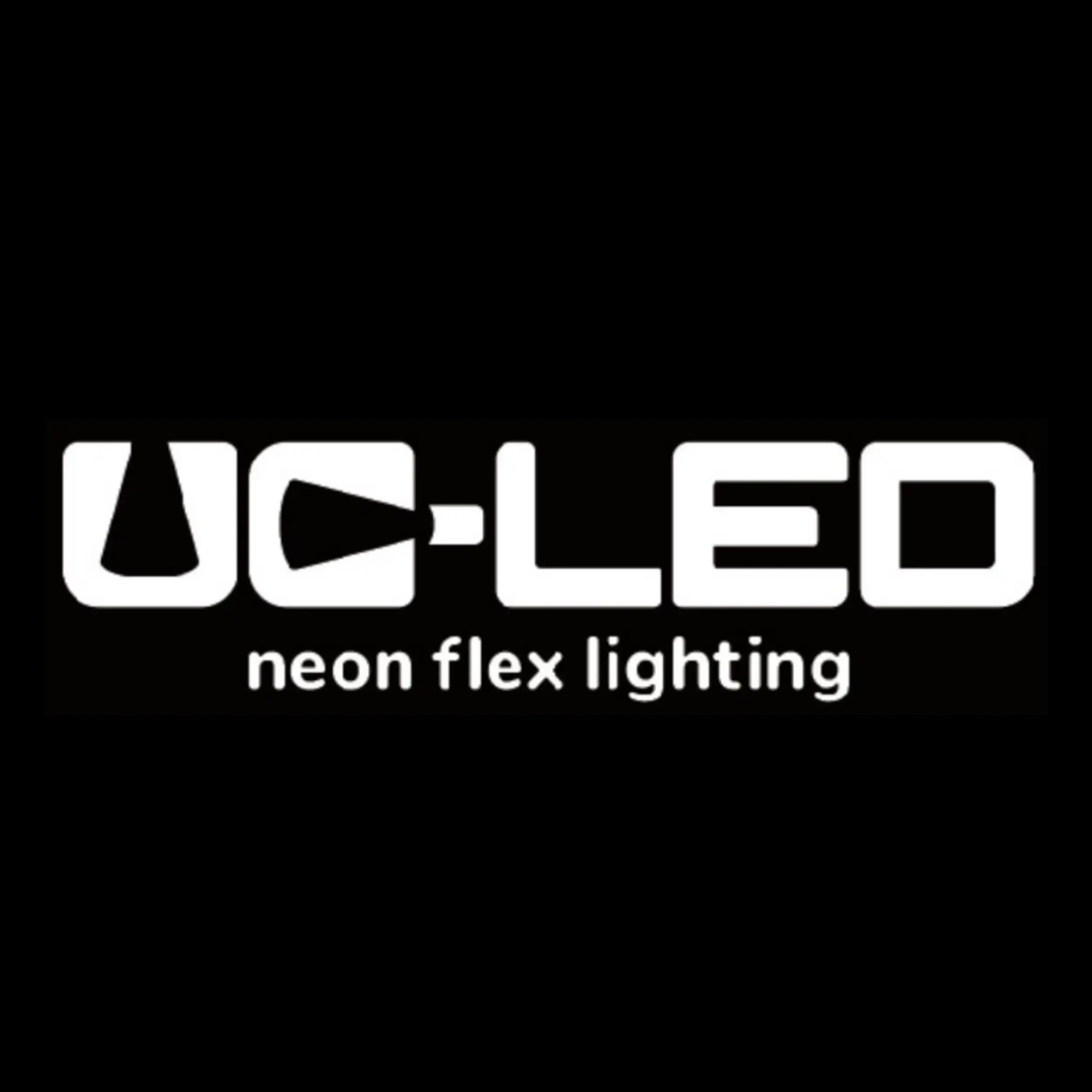
Looking for high-quality LED flexible strips? Click for a free quote in 24 hours!

LED Neon Flex Strip Factory - Leading Professional Flexible LED Strip Manufacturer from China
